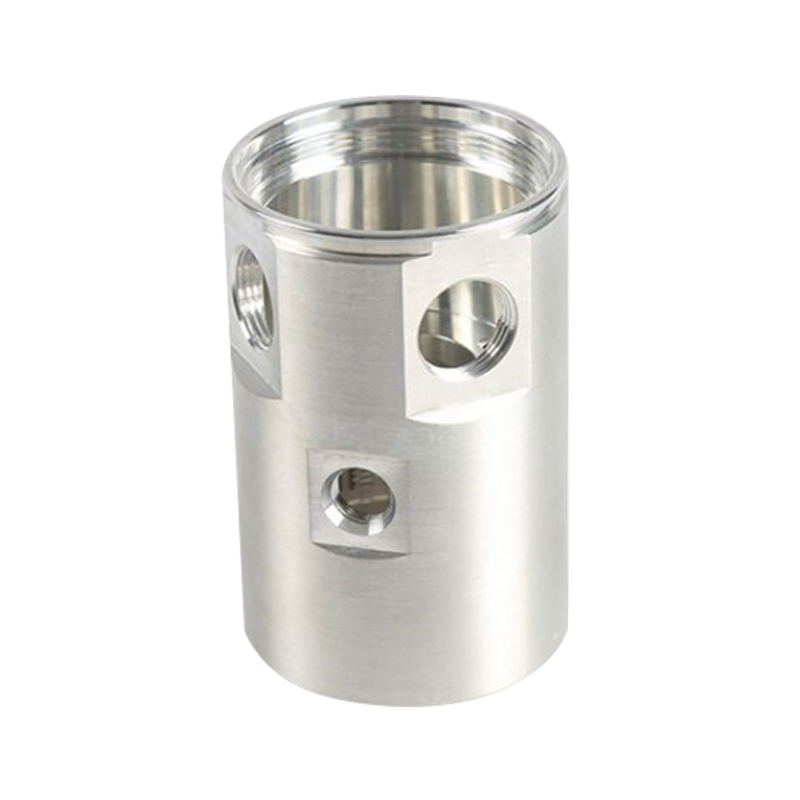 Main:+86 574 87907106
Main:+86 574 87907106
![]() Main:+86 574 87907106
Main:+86 574 87907106
The material requirements for precision metal parts processing are as follows
For precision metal parts processing, not all materials can be precision processed. For example, if some materials with too high hardness exceed the hardness of the machined parts, and some special materials are not suitable for precision precision processing, what are the materials for precision processing? What are the specific requirements? Let me introduce to you as follows:
The first is the requirement for the hardness of the material. For some occasions, the higher the hardness of the material, the better, but it is limited to the hardness requirements of the machined part. The machined material should not be too hard. If it is harder than the machine part, it cannot be machined.
Secondly, the material is moderately soft and hard, at least one grade lower than the hardness of the machine part. At the same time, it also depends on the purpose of the processed device and the reasonable selection of the machine part.
In short, precision machining still has some requirements for materials. Not all materials are suitable for processing, such as materials that are too soft or too hard. The former is not necessary for processing, while the latter cannot be processed.
Therefore, the basic one is to pay attention to the density of the material before processing in the mechanical parts processing plant. If the density is too large, the hardness is also large, and if the hardness exceeds the hardness of the machine part (lathe tool), it cannot be processed. , Not only will damage the parts, but also cause dangers, such as the turning tool flying out and hurting people. Therefore, in general, for mechanical processing, the material material must be lower than the hardness of the machine knife, so that it can be processed.
For precision parts processing, there are mainly dimensional requirements. For example, what is the diameter of the cylinder, there are strict requirements, and the positive and negative errors are within the specified requirements. There are also regulations for positive and negative errors. For example, if the diameter of a built-in cylinder (take a simple basic component as an example) is too large and exceeds the allowable error range, it will cause the situation that it cannot be inserted. If the actual diameter is too small , If it exceeds the lower limit of the allowable negative value of the error, it will cause the problem of too loose and loose insertion. These are unqualified products, or the length of the cylinder is too long or too short, and exceeds the allowable error range. They are all unqualified products. They must be discarded or reprocessed, which will inevitably increase the cost.

Brishine United Industry Co.,Limited
No 218, Dieyuan Road, Shounan Street, Yinzhou
315000, Ningbo, China
Main: +86 574 87907106
[email protected]